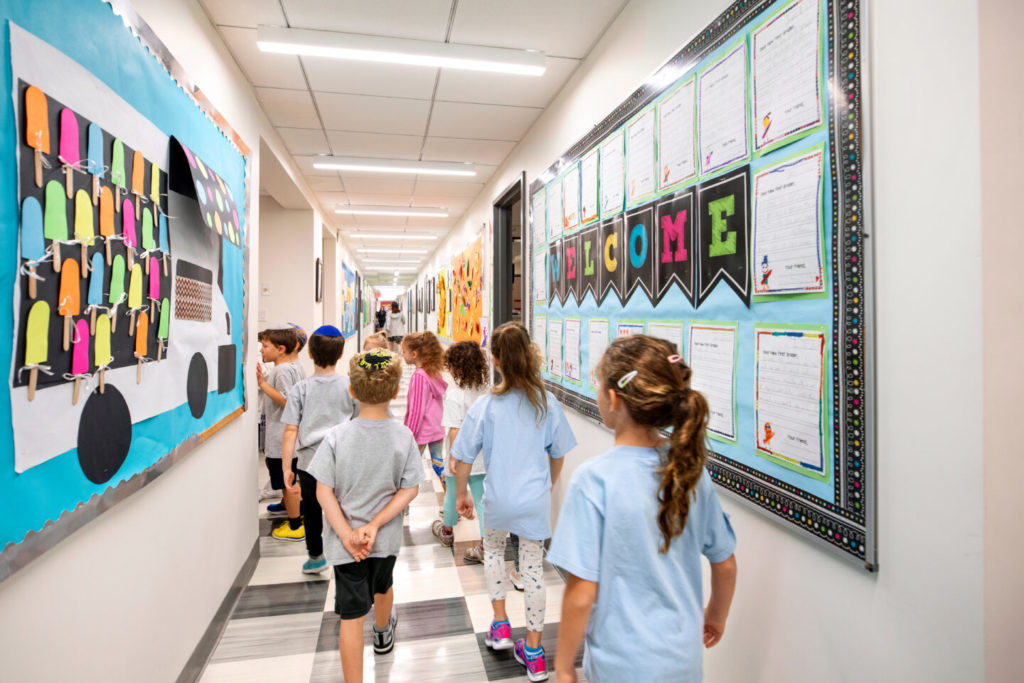Increased funding can’t close academic achievement gaps, study shows. Here’s what can
Although “fully funded education” is a common refrain among teachers’ unions, Democratic lawmakers, and public school administrators, new research demonstrates that increased funding can’t…

Although “fully funded education” is a common refrain among teachers’ unions, Democratic lawmakers, and public school administrators, new research demonstrates that increased funding can’t guarantee a better education.
A study conducted by the Yankee Institute and its Connecticut Center for Educational Excellence (CTCEE) surveyed per-pupil spending in multiple districts in the state.
Funding ranged from $23,000 per student in one district to nearly $17,000 in another. Despite having the biggest difference in funding – over $6,400 – the two districts had the smallest achievement gap in the entire state.
“Simply spending more money isn’t going to get the results our children need and deserve,” said Carol Platt Liebau, president of the Yankee Institute, in a press release. “We’re committed to ensuring low-income families get the same opportunity Connecticut’s affluent families enjoy: the ability to offer their children a good education that prepares them for lives of dignity and purpose.”
Past studies have also shown that funding alone doesn’t improve student outcomes.
A 2019 report from Michigan State University argued the state’s public schools didn’t have enough funding, but the narrative was debunked by national test scores data.
“Michigan ranks near the middle nationally in per-pupil funding,” wrote Ben DeGrow, director of education policy at the Mackinac Center.
“The conclusion of the MSU report closely ties together Michigan’s near-last progress on NAEP math and reading achievement with the allegation of near-last funding growth,” DeGrow continued. “However, the states that increased funding the most didn’t improve their tests scores more than the states that didn’t boost funding as much.
“In fact, extra funding effort by a state doesn’t seem to have any clear relationship with its ability to boost educational outcomes.”
The 2022 NAEP scores similarly showed that funding didn’t play a meaningful role in determining academic achievement.
That’s why organizations like CTCEE say they are devoted to helping parents find the right learning environment for their child
“If we are to overcome the significant educational gap for our children from low-income families, we must listen to our parents and provide solutions that will support their commitment to their children’s future,” said Carolanne Marquis, CEO of CTCEE.
The CTCEE funds school choice scholarships to send low-income Connecticut students to private or parochial schools. The state is one of the few states with no form of school choice program.
School choice supporters say such programs are successful not only because they open the door to a variety of educational models but also because they encourage parents to take active roles in their child’s education.
Research has found that parental involvement significantly improves academic achievement and classroom behavior.



